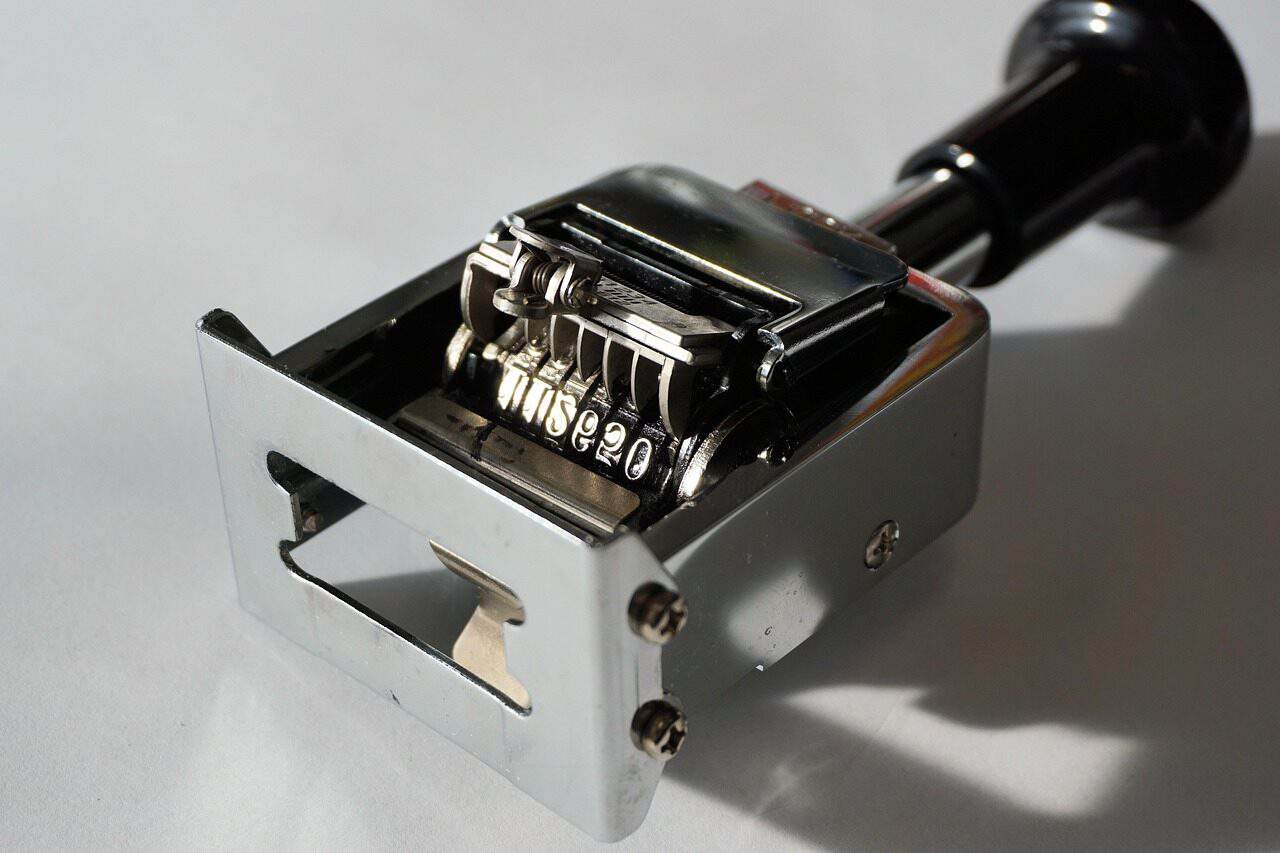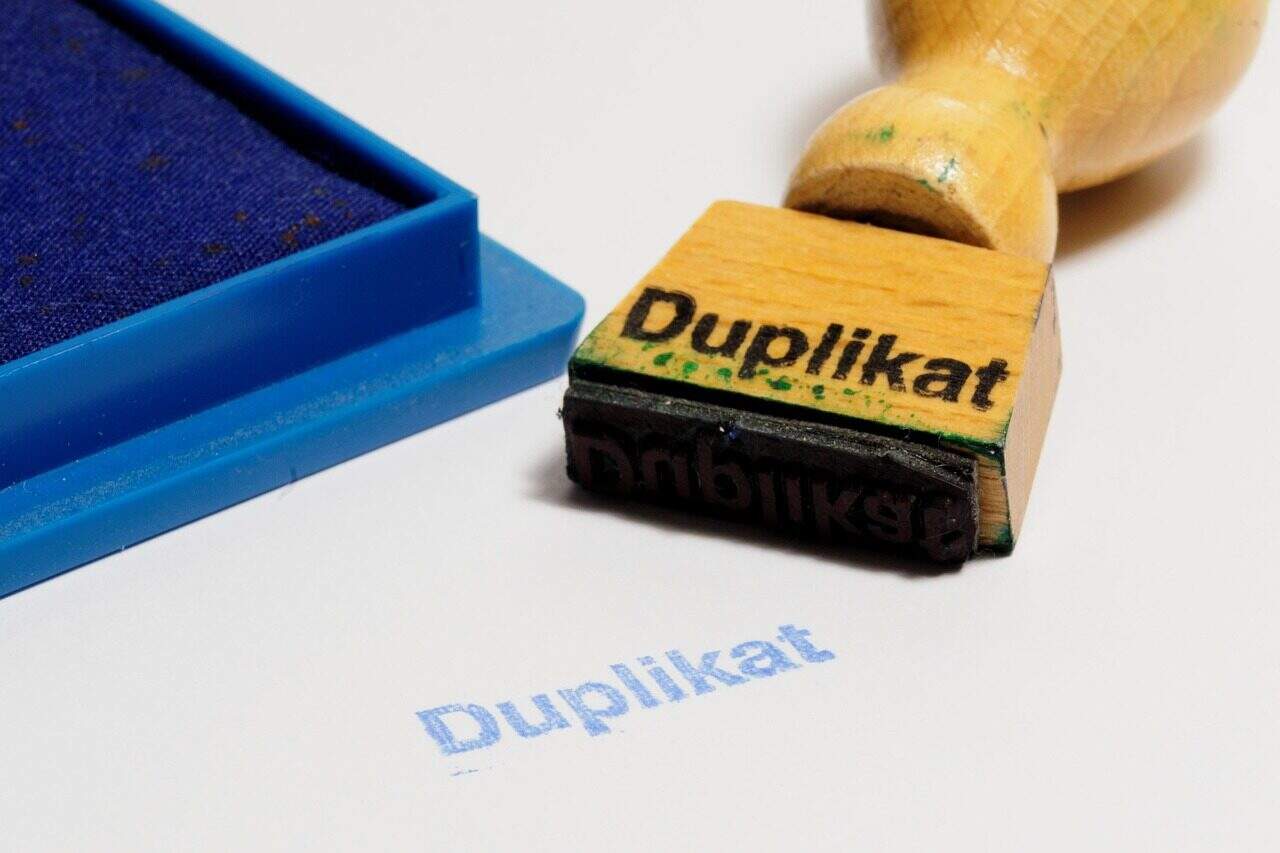The Complete Guide to Rubber Pads: Understanding the Basics
A rubber pad might look like a simple, basic part. However, for an engineer or designer, thinking this way is a big mistake. When a single rubber pad fails—whether in a million-dollar industrial machine, a delicate electronic case, or a piece of heavy equipment—it can cause the entire system to break down, create expensive repairs, and pose serious safety risks. The difference between a reliable, long-lasting system and one that causes problems often comes down to choosing exactly the right type of this seemingly simple part. This guide goes beyond basic descriptions to give you a deep, practical understanding of the engineering principles behind rubber pads.
In this guide, we will explore:
- The basic science of stretchy materials.
- Important technical details and how they are measured.
- A comparison guide to different rubber types.
- A step-by-step process for choosing the right rubber pad for your needs.
Basic Material Science
To properly choose a rubber pad, we must first understand what gives it its special properties. The answer lies in its molecular structure and the chemistry of stretchy materials. This foundation explains the “why” behind a rubber pad’s ability to absorb energy, seal against liquids, and handle repeated stress.
Stretchy Materials and Polymer Chemistry
At its core, a rubber pad is made from a stretchy material called an elastomer. Elastomers are a type of polymer known for their high stretchiness. Think of long, tangled molecular chains, similar to a bowl of spaghetti. In their natural state, these chains are mixed up and can move past one another.
The magic happens during a process called vulcanization, or cross-linking. During this process, curing agents like sulfur are added, creating chemical bonds between the individual polymer chains. These cross-links act like knots, tying the chains together into a single, connected three-dimensional network. When a force is applied, the chains can uncoil and stretch, but the cross-links prevent them from separating permanently. Once the force is removed, the cross-links pull the chains back to their original, tangled state. This ability to bend and bounce back is the essence of rubber’s stretchiness.
Viscoelasticity and Damping
Rubber is not a purely elastic solid. It is a viscoelastic material, meaning it shows both viscous (fluid-like, energy-absorbing) and elastic (solid-like, energy-storing) characteristics when bent or squeezed.
When a rubber pad is compressed, part of the energy is stored elastically and is released when the pad returns to its shape. The other part of the energy, due to the internal friction of the polymer chains moving against each other, is converted into heat and disappears. This energy loss is called damping. It is the single most important property for vibration isolation. A rubber pad doesn’t just act as a spring; it actively removes vibrational energy from a system, protecting sensitive parts and reducing noise.
The Role of Additives
Commercial-grade rubber is never pure polymer. It is a carefully engineered mixture containing various additives to adjust its properties for specific uses. Understanding these additives is key to understanding a material’s datasheet.
- Fillers: Materials like carbon black and silica are the most common. They are not just for bulk. They form a secondary network within the polymer matrix, significantly improving tensile strength, tear resistance, and wear resistance.
- Plasticizers: These are oils or esters added to increase a compound’s flexibility and softness, and to improve its performance at low temperatures where rubber would otherwise become brittle.
- Antidegradants: Rubber can be damaged by the environment. Antioxidants slow down damage from oxygen and heat, while antiozonants protect against the cracking caused by ozone, a particular weakness for many rubbers under tension.
- Curing Agents: These are the chemicals, primarily sulfur or peroxide systems, that start the cross-linking reaction during vulcanization. The type and amount of curing agent control the cure rate and the final properties of the rubber pad.
Understanding the Spec Sheet
A technical data sheet (TDS) for a rubber pad is packed with information. To an untrained eye, it’s a list of numbers. To an engineer, it is the performance blueprint of the component. Understanding these key measurements is essential for proper selection.
Hardness (Durometer)
Hardness is a rubber pad’s resistance to surface denting under a specific load. It is the most common property mentioned, measured on a scale using a durometer. The Shore A scale is used for most flexible to semi-rigid rubbers, while the Shore D scale is for harder rubbers and plastics. A soft, gel-like pad might be 20A, a pencil eraser around 40A, and a common industrial mount around 60-70A. A hard rubber pad, like that on a shopping cart wheel, might be 90A or enter the Shore D scale. Hardness relates to stiffness but is not a direct measure of it.
Strength, Elongation, Modulus
These three properties, measured during a tensile test, describe how a rubber pad behaves under tension until it fails.
- Tensile Strength: This is the maximum stress the material can handle while being pulled or stretched before breaking. It is measured in pounds per square inch (psi) or megapascals (MPa).
- Elongation at Break: This is the percentage increase in original length that the material reaches at the moment of breaking. A material with 500% elongation can stretch to five times its original length before snapping.
- Modulus: Also known as tensile modulus, this is the stress required to produce a specific amount of strain (elongation). For example, 100% modulus is the stress needed to stretch the material to twice its original length. It is a true measure of stiffness in tension; a higher modulus indicates a stiffer material.
Compression Set
From a practical perspective, compression set is one of the most important properties for any rubber pad under a sustained squeezing load, such as a machine foot, gasket, or spacer. It measures the permanent change in shape of the material after a squeezing force is applied for a set time and temperature, and then removed. It is expressed as a percentage of the original compression. A low value is highly desirable. A rubber pad with a 10% compression set will recover 90% of its compressed thickness, while one with an 80% compression set will remain almost completely flattened, losing its ability to seal or isolate vibration.
Tear and Abrasion Resistance
These properties define the durability of a rubber pad in physically demanding environments. Tear resistance measures the energy required to spread a cut or tear through a sample. It is vital for components that may be nicked or cut during installation or service. Abrasion resistance measures the material’s ability to withstand wear from rubbing and friction. It is critical for moving applications like bumpers or scraper blades.
Standardized Testing
These properties are not random. They are defined by strict, standardized test methods, most commonly from ASTM International. Citing these standards on a data sheet provides assurance that the values were obtained in a repeatable, controlled manner, allowing for direct, reliable comparisons between products.
| Technical Property | Brief Description | Common Unit | Relevant ASTM Standard |
| Hardness | Resistance to denting | Shore A, D (no units) | ASTM D2240 |
| Tensile Strength | Maximum stress before breaking | psi or MPa | ASTM D412 |
| Elongation at Break | Maximum stretch before breaking | % | ASTM D412 |
| Compression Set | Permanent shape change after load | % | ASTM D395 |
| Tear Resistance | Resistance to the growth of a cut | lbf/in or kN/m | ASTM D624 |
| Abrasion Resistance | Resistance to wear from friction | Volume Loss (mm³) | ASTM D5963 |
Material Deep Dive
The term “rubber” is a general label for a wide family of stretchy materials. The choice of polymer is the single most important decision in designing a rubber pad, as it determines the component’s performance in its operating environment. Here we compare the most common elastomers used for pad applications.
Natural Rubber (NR)
Made from the latex of the rubber tree, Natural Rubber offers an outstanding combination of high tensile strength, excellent wear resistance, and superior dynamic properties, making it an excellent choice for vibration damping. Its primary weakness is poor resistance to ozone, UV light, oils, and high temperatures.
Neoprene® (CR)
Polychloroprene, widely known by its trade name Neoprene®, is a versatile, all-purpose synthetic rubber. It offers a balanced profile of moderate oil and chemical resistance, good weather and ozone resistance, and good physical toughness. It is often the default choice when a single application must resist a combination of weathering, heat, and oil.
EPDM
Ethylene Propylene Diene Monomer is the champion of outdoor applications. It has outstanding resistance to weathering, ozone, UV radiation, water, and steam. It also has a good operating temperature range. Its major limitation is its poor resistance to petroleum-based oils, fuels, and solvents.
Nitrile (NBR)
Nitrile Butadiene Rubber is the workhorse for oil-resistant applications. It provides excellent resistance to petroleum oils, fuels, and hydraulic fluids. This makes it ideal for seals, gaskets, and pads in automotive and industrial machinery. However, NBR has poor resistance to ozone and weathering, making it unsuitable for outdoor use unless specifically mixed with protective additives.
Silicone (VMQ)
Silicone stands out for its exceptionally wide operating temperature range, remaining flexible at very low temperatures and stable at very high ones. It is also inert, odorless, and tasteless, making it the material of choice for food-grade and medical applications. Its physical properties, like tear and wear resistance, are generally fair to poor compared to other rubbers.
Viton® (FKM)
Fluoroelastomers, like the brand Viton®, represent the high-performance end of the spectrum. They offer excellent resistance to high temperatures and a very broad range of chemicals, oils, and fuels. This premium performance comes at a significantly higher cost, restricting its use to the most demanding applications where other materials would fail.

The Ultimate Comparison Chart
This table provides a high-level comparison to guide initial material selection. The ratings are general and can be modified by specific mixing, but they serve as a reliable starting point for an engineer.
| Property | Natural Rubber (NR) | Neoprene (CR) | EPDM | Nitrile (NBR) | Silicone (VMQ) |
| Vibration Damping | Excellent | Good | Good | Fair | Fair |
| Weather/Ozone/UV | Poor | Good | Excellent | Poor | Excellent |
| Oil Resistance | Poor | Good | Poor | Excellent | Fair |
| Temperature Range | Fair | Good | Good | Good | Excellent |
| Abrasion Resistance | Excellent | Good | Good | Good | Poor |
| Cost Index | Low | Medium | Medium | Medium | High |
| Common Use Case | General vibration mounts | Outdoor seals, gaskets | Roofing, automotive hoses | O-rings, fuel lines | Food grade, high-temp seals |
Application and Selection
With a solid understanding of material properties and types, we can now establish a systematic process for selecting the correct rubber pad. This involves analyzing the application’s demands and matching them to the material that offers the best balance of performance, longevity, and cost.
Step 1: Define the Environment
The operating environment is the first filter. Answering these questions will immediately narrow the list of viable materials.
- Temperature: Will the rubber pad be exposed to continuous or occasional high heat or extremely cold temperatures? This points toward Silicone or FKM for extreme ranges, or EPDM for a good general-purpose range.
- Chemical Exposure: Will the pad contact oils, fuels, solvents, acids, or other chemicals? This is a critical question that requires careful checking against a compatibility chart.
- UV and Ozone Exposure: Is the application outdoors or near an ozone source like an electric motor? This immediately favors EPDM, Silicone, or Neoprene and rules out standard grades of Natural Rubber and NBR.
Step 2: Analyze Mechanical Loads
Next, define the physical work the rubber pad will do.
- Static vs. Dynamic Load: Is the pad under a constant squeeze, like a gasket (where compression set is critical)? Or is it subject to continuous movement and vibration, like an engine mount (where damping and fatigue resistance are key)?
- Required Hardness: Does the application need a soft, flexible pad to seal an uneven surface, or a hard, rigid pad to provide stable support and prevent bending?
- Abrasion Concerns: Will the pad be rubbed, scraped, or otherwise subjected to friction? If so, materials with high wear resistance like Natural Rubber are preferred.
Chemical Resistance Reference
Chemical compatibility is complex and absolute. An incorrect choice will lead to rapid failure. This simplified table serves as a quick reference for common chemical classes. Always consult a detailed chart from the material supplier for specific chemicals and concentrations.
| Chemical Agent | Neoprene (CR) | EPDM | Nitrile (NBR) | Silicone (VMQ) | Viton® (FKM) |
| Petroleum Oils/Fuels | Good | Poor | Excellent | Poor | Excellent |
| Acids (Dilute) | Good | Excellent | Fair | Fair | Excellent |
| Ketones (e.g., Acetone) | Poor | Good | Poor | Good | Poor |
| Water/Steam | Good | Excellent | Good | Good | Good |
| Hydraulic Fluids (Phosphate Ester) | Poor | Excellent | Poor | Poor | Fair |
| Sunlight/Ozone | Good | Excellent | Poor | Excellent | Excellent |
An Engineer’s Checklist
Drawing from experience, we can identify several common but costly mistakes made during the specification of a rubber pad. Avoiding these pitfalls is as important as the selection process itself.
- Over-specifying: Choosing a high-cost material like FKM for an application where a less expensive option like EPDM or NBR would perform perfectly well. Always match performance to need, not to the best possible specs.
- Under-specifying: This is the most common failure. Using an oil-resistant NBR pad in an outdoor application where it will crack from ozone exposure within months is a classic example.
- Ignoring Compression Set: Selecting a material with a high compression set value for a sealing or gasket application. The seal will work initially but will leak over time as the pad permanently changes shape and loses its sealing force.
- Forgetting Temperature Effects: All stretchy materials change with temperature. A pad specified at room temperature may become too stiff to provide vibration damping in the cold, or too soft and weak in the heat. Verify performance across the entire operating temperature range.

Advanced Considerations
For critical applications, a deeper understanding of failure and manufacturing can inform a more robust design.
Understanding Failure Modes
When a rubber pad fails, it is often not a random event. The mode of failure provides clear evidence of the root cause.
- Ozone Cracking: This appears as a series of cracks perpendicular to the direction of stress in a stretched rubber component. It is a typical failure for general-purpose elastomers like Natural Rubber or NBR when exposed to even trace amounts of ozone in the air.
- Chemical Swell or Degradation: Exposure to an incompatible fluid causes the polymer to absorb the fluid. This results in the rubber pad swelling, softening, losing its strength, and ultimately breaking down.
- Compression Set Failure: The pad no longer functions as a spring. After being compressed for a long time, it has taken on a permanent, hard, non-elastic shape, offering no sealing pressure or vibration isolation.
- Heat Aging: Prolonged exposure to high temperatures speeds up the oxidation of the polymer chains. This can cause the rubber pad to become hard, brittle, and prone to cracking under even slight bending.
Impact of Manufacturing
The method used to create the rubber pad can also influence its properties and suitability for an application.
- Compression Molding: This process involves placing a pre-formed piece of rubber into a heated mold cavity and closing the mold under pressure. It is excellent for large, simple-shaped pads and low-to-medium volume production.
- Injection Molding: Molten rubber is injected under high pressure into a closed mold. This method is ideal for producing complex shapes with high precision and is very efficient for high-volume production runs.
- Die-Cutting: This is the simplest method, where a sharp die is used to stamp out pad shapes from a large, pre-cured sheet of rubber. The quality and consistency of the final pad are entirely dependent on the quality of the parent sheet.
Conclusion
The journey from a raw polymer to a finished, reliable rubber pad is one of precise engineering. We have moved from the foundational polymer science that gives rubber its unique viscoelastic properties, to understanding the critical measurements on a technical data sheet. We have compared the strengths and weaknesses of the primary elastomer families and established a structured framework for selecting the right material based on environmental, chemical, and mechanical demands.
A rubber pad should not be an afterthought in the design process. It is a highly engineered component whose proper specification is fundamental to the performance, safety, and reliability of the entire system. By applying the technical principles outlined in this guide, an engineer can specify with confidence, ensuring the component is not just a piece of rubber, but a solution optimized for its task.
- ASTM International – Rubber & Elastomer Testing Standards https://www.astm.org/
- Society of Plastics Engineers (SPE) https://www.4spe.org/
- SAE International – Materials & Testing Standards https://www.sae.org/
- ISO – International Organization for Standardization https://www.iso.org/
- ASM International – Materials Information Society https://www.asminternational.org/
- Rubber Division, ACS – American Chemical Society https://www.rubber.org/
- Materials Science & Engineering – ScienceDirect https://www.sciencedirect.com/topics/materials-science
- ANSI – American National Standards Institute https://www.ansi.org/
- Engineering Toolbox – Technical Resources & Data https://www.engineeringtoolbox.com/
- NIST – National Institute of Standards and Technology https://www.nist.gov/





